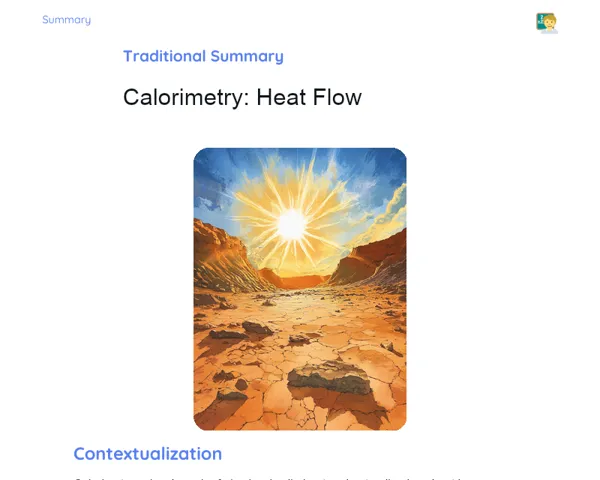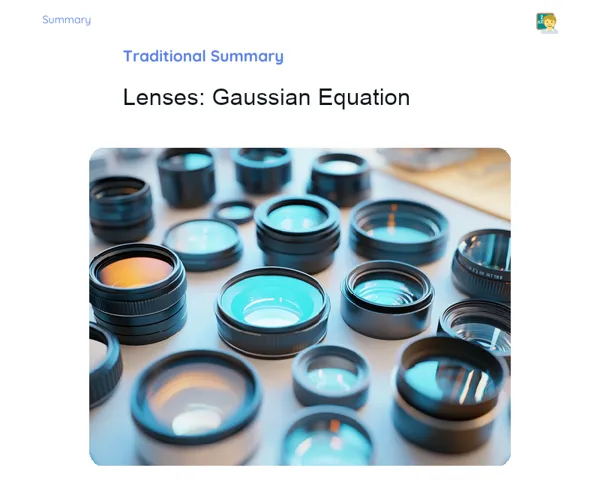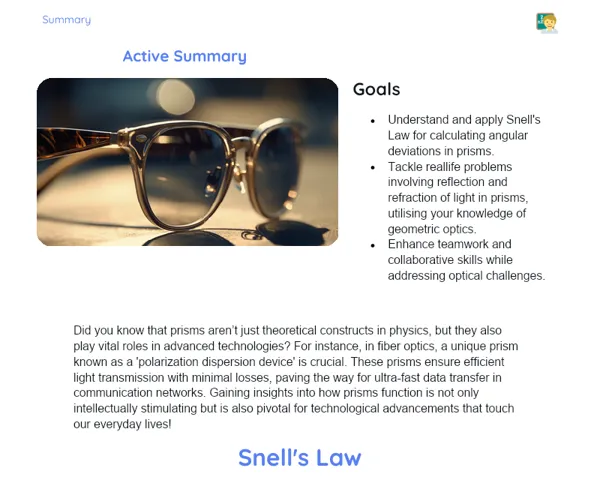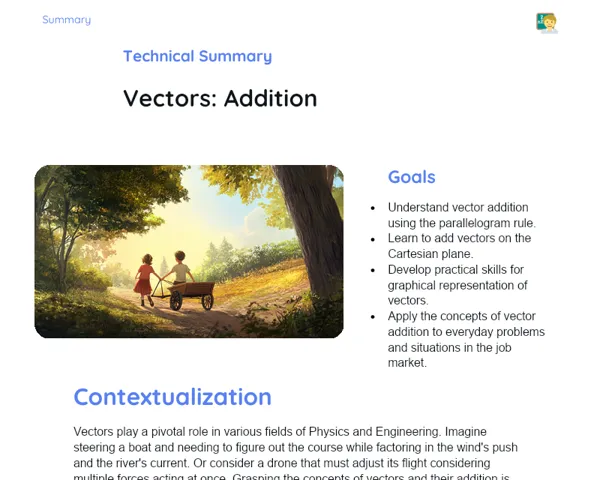Goals
1. Understand and differentiate the main types of celestial bodies such as stars, nebulae, and galaxies.
2. Comprehend the properties and characteristics of each type of celestial body.
3. Identify and classify the different types of stars.
Contextualization
Astronomy is one of the oldest and most intriguing sciences, constantly igniting our curiosity about the vast universe. By studying celestial objects like stars, nebulae, and galaxies, we gain insight into the formation and evolution of the cosmos. For example, technologies developed for space exploration, such as telescopes and satellites, are also employed in telecommunications and weather forecasting. In India, astronomers frequently collaborate with software engineers and data analysts to sift through extensive spatial data, skills that are increasingly in demand in technology and research fields.
Subject Relevance
To Remember!
Stars
Stars are celestial bodies mainly made up of hydrogen and helium, generating energy through nuclear reactions in their cores. This energy is released as light and heat, making stars visible in the night sky. They experience various phases in their life cycle, starting from formation in nebulae to their eventual demise, which may result in spectacular events like supernovae, or lead to white dwarfs, neutron stars, or even black holes.
-
Formation: Stars develop in gas and dust clouds known as nebulae.
-
Types: Main sequence stars, red giants, white dwarfs, neutron stars, and black holes.
-
Life Cycle: Encompasses stages such as birth, main sequence, red giant, and final collapse.
Nebulae
Nebulae are vast clouds of gas and dust in space that serve as either sites for star formation or remnants of stars that have exploded as supernovae. They play an essential role in the life cycle of stars, acting as both nurseries for new stars and resting places for stars at the end of their lives.
-
Types: Emission nebulae, reflection nebulae, dark nebulae, and planetary nebulae.
-
Importance: They are stellar nurseries where new stars come into being.
-
Examples: Orion Nebula, Crab Nebula.
Galaxies
Galaxies are immense systems composed of billions of stars, along with gas, dust, and dark matter, all held together by gravity. They can take various shapes, including spiral, elliptical, and irregular, and they host solar systems, nebulae, and a multitude of other celestial bodies. Our galaxy, the Milky Way, is an instance of a spiral galaxy.
-
Structure: Made up of stars, gas, dust, and dark matter.
-
Types: Spiral, elliptical, and irregular.
-
Examples: Milky Way, Andromeda Galaxy.
Practical Applications
-
Space Telescopes: Utilized to observe celestial bodies and gather data on stars, nebulae, and galaxies, aiding advancements in the fields of astronomy and astrophysics.
-
Satellite Navigation Systems: Based on technologies developed for the observation of space, like GPS, which depend on orbiting satellites to provide accurate location information.
-
Telecommunication Technologies: Employ satellites and other space technologies to convey communication signals across the globe, showcasing the practical uses of space studies.
Key Terms
-
Star: A celestial body emitting light and heat due to nuclear reactions in its core.
-
Nebula: A vast cloud of gas and dust in space, a site for either star formation or decay.
-
Galaxy: A large system consisting of stars, gas, dust, and dark matter, bound by gravity.
-
Main Sequence: A stable phase in a star's life characterized by hydrogen burning in its core.
-
Supernova: A cataclysmic explosion that marks the end of a massive star's life, releasing an immense amount of energy.
Questions for Reflections
-
How can a deeper understanding of various types of stars aid in the development of new technologies?
-
In which ways does researching nebulae enhance our comprehension of star formation and the evolution of the universe?
-
What significance does knowledge of different galaxy structures hold for contemporary astronomy, and how can this understanding impact our day-to-day lives?
Creating a Star Map
This mini-challenge is designed to reinforce the knowledge of different stars and their classifications, encouraging students to apply their understanding creatively.
Instructions
-
Form groups of 3 to 4 students.
-
Use a large sheet of paper or poster board to construct a star map.
-
Research various stars, their classifications, and characteristics. Include stars of different types, such as main sequence stars, red giants, and white dwarfs.
-
Draw each star on the map, marking its name, type, and key characteristics.
-
Include details about the stars' relative positions in the night sky, such as constellations or star clusters.
-
Present the star map to the class, discussing your choices and what you have learned about each star.



